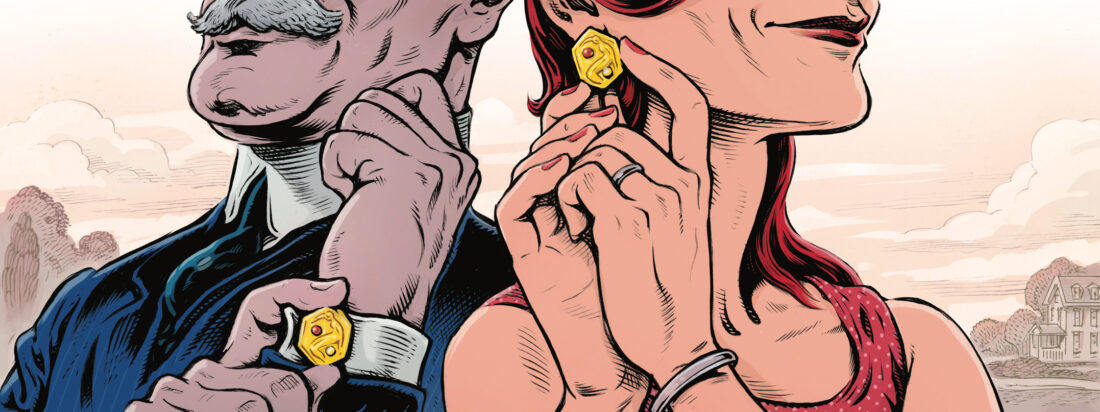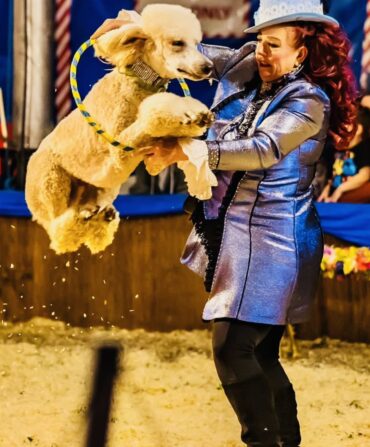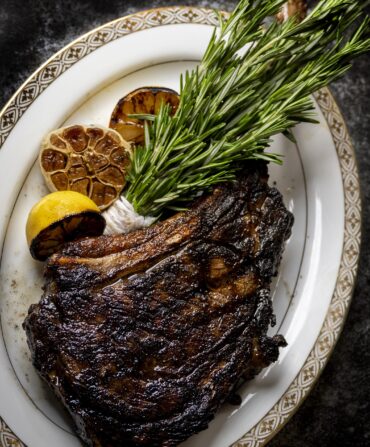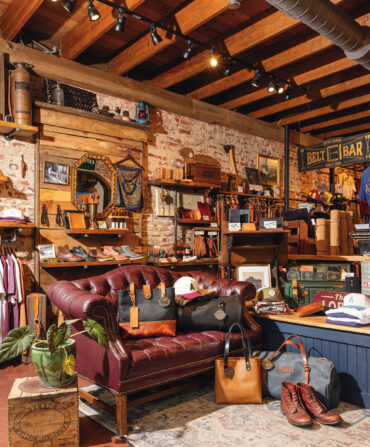Imagine, if you will, a pair of cuff links. But not just any cuff links. Cuff links that once secured the sleeves of your grandfather, who died when you were a toddler. You’ve heard him spoken of as morally upright, a bank president, a strict Irish Catholic. This jibes with the photos you’ve seen, as well as the other keepsake of his you’ve been given, a 1920s silk opera hat. These gold cuff links intrigue because they add another dimension: Rendered in art deco curves, they portray a naked woman curled around a ruby and a pearl.

These cuff links have come to you, but you, being cuffless, will never need to link your cuffs. You’d like to imagine you have the kind of husband who’d let these cuff links wink from his tuxedo sleeve at the baccarat table in Monte Carlo. But you don’t have this kind of husband. You have the kind whose author photo for his first book was rejected by his fancy New York publishing house because he was wearing a Bud Light T-shirt. So what do you do? Entomb them in a safe-deposit box? That’s a failure of imagination. You do what I did. You have them made into earrings.
Gentle reader, your inherited jewelry deserves to live its best life, and that might require a spa retreat, a little nip and tuck. Of course, if the heirloom gifter is still aboveground, such improvements require delicacy. Considering most of us cling to our jewels until they need to be pried off our cold dead fingers, I’m guessing it’s the idea of tradition, not the fury of Aunt Trudy, that stays your hand. But what is tradition for? For linking us to our past, reminding us who we’ve been and where we’re headed. Joyful and affirming, tradition weaves us into the tapestry of our family’s stories.
Some goodies from yesteryear have lost their function (hatpins? watch chains?). Others might have a nice gemstone but a dated setting. A consultation with a skilled jewelry designer will be worth its weight in gold. Recycle! Reset the rock. Reuse the gold. If it’s a ring, you can always have it inscribed with the bequeather’s name. And you’ll recall her with every compliment, which isn’t going to happen if the heirloom is worn only by dust bunnies. “Thanks,” you can imagine saying. “This necklace actually had been my aunt Trudy’s brooch.” People won’t look at you askance. They’ll look at you like, “I wonder if I can steal that the next time she throws a party.”
Those who have attended my husband’s birthday party know not to expect the red velvet cake of his childhood but my pink velvet. When I first got my mother-in-law’s recipe, which called for an entire bottle of red food coloring, I just couldn’t bear it. I let only a few drops fall into the batter: a lovely cherry-blossom hue begot an updated tradition. Similarly, I love my inherited oyster plates, though I don’t serve fresh oysters—living some 350 miles from the nearest oyster bed means I’ll leave that to the professionals, thank you—but it turns out the plates are perfect for deviled eggs, which, as connoisseurs know, pair nicely with Bud Light.
Healthy traditions, you see, can accept adaptations in the same way healthy animal and plant systems do. Gemstones shouldn’t be gravestones. Cuff links shouldn’t be handcuffs. In their new iteration, my grandfather’s have fulfilled their purpose—they indeed link two things together. My grandfather and me.








